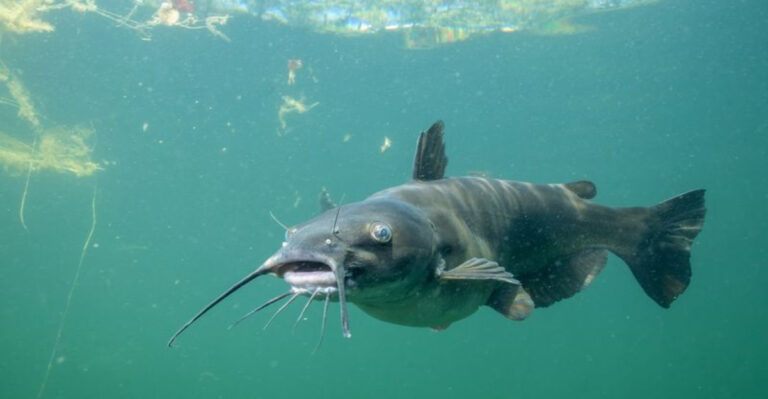13 Things That Roll Out The Welcome Mat For Snakes
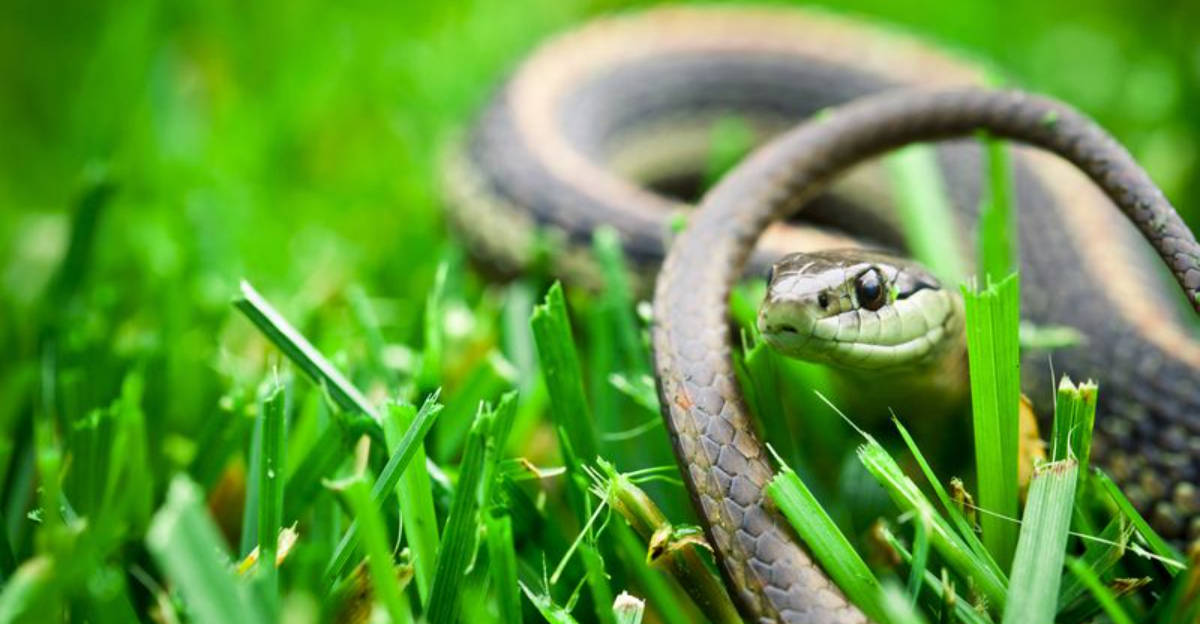
Ever wondered why certain yards become snake hangouts while others remain reptile-free? It’s rarely random chance. Snakes follow specific environmental cues when choosing their habitats. Understanding what attracts these slithery visitors to your property is the first step in preventing unwanted encounters.
1. Overgrown Grass And Weeds
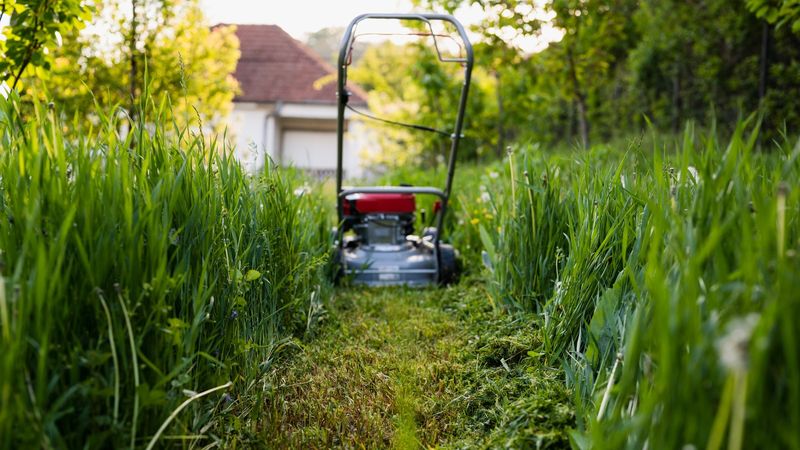
Tall grass is like a five-star hotel for snakes. The dense coverage provides perfect hiding spots from predators and creates cool, shaded areas during hot days.
Snakes can move through high grass without being spotted, making hunting easier and safer. For best snake prevention, keep your lawn mowed to 3 inches or less, especially during warm months.
2. Rodent Infestations
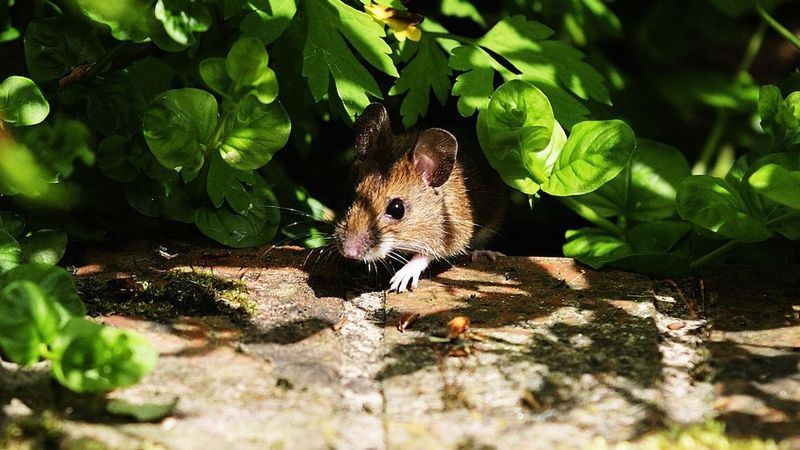
Mice and rats might as well send formal invitations to snakes. These rodents are prime snake food, and where the buffet is, the diners will follow.
A single family of mice can attract multiple snakes to your property. Eliminate rodent problems by sealing food sources, removing bird seed spills, and using appropriate traps before snakes catch wind of the free meal.
3. Wood And Debris Piles
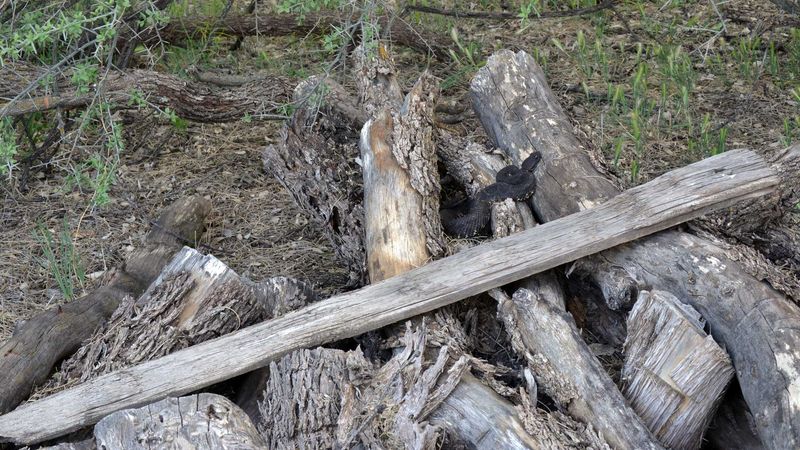
That stack of firewood against your house? Snake condominiums. Woodpiles create perfect temperature-regulated hideaways with plenty of gaps for snakes to squeeze into.
Fallen branches, leaf piles, and construction debris offer similar appeal. Store firewood at least 30 feet from your home, elevated if possible, and clear yard debris regularly to make your property less snake-friendly.
4. Water Features And Leaky Faucets
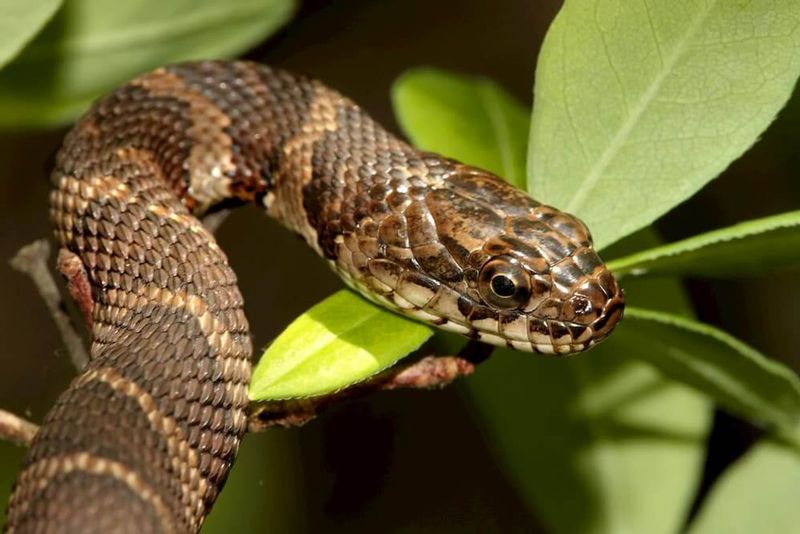
Garden ponds, bird baths, and even that dripping outdoor faucet are snake magnets. Water sources attract not just snakes but also their prey – frogs, toads, and small mammals.
Many snake species are excellent swimmers and actively seek out water. Keep decorative water features away from the house, fix leaky outdoor plumbing, and ensure proper drainage around your property.
5. Dense Ground Cover Plants
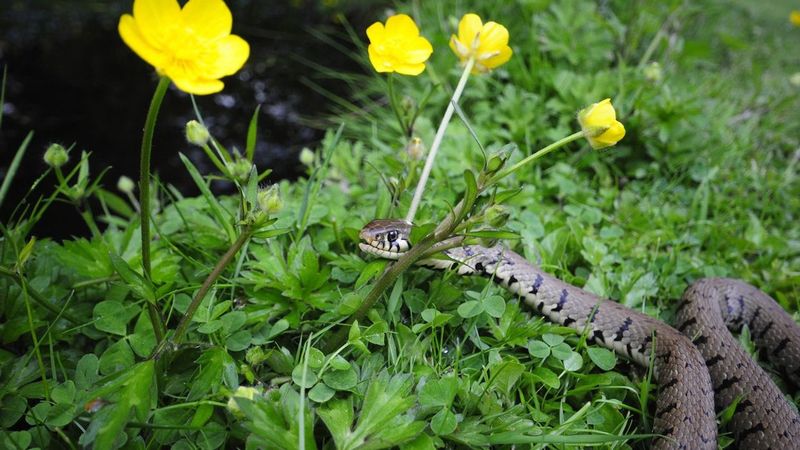
Ground-hugging plants like ivy, pachysandra, and vinca create snake paradise – cool, protected corridors that allow movement without exposure. Snakes can hunt, rest, and travel unseen beneath the leafy canopy.
Consider replacing dense ground covers near your home with mulch or plants that grow with more defined stems and less ground-level foliage. This simple landscaping change can significantly reduce snake appeal.
6. Rock Gardens And Stone Walls
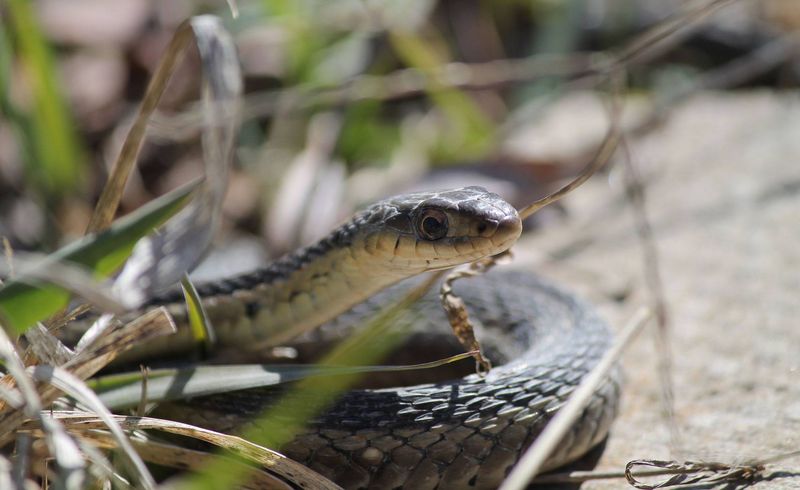
Rock features might look charming in your garden, but the gaps between stones are prime snake real estate. These spaces offer perfect thermal regulation – cooling in summer heat and warming during chilly nights.
Snakes particularly love south-facing rock walls that capture sunlight. If you keep rock features, seal gaps with mortar or place them away from high-traffic areas of your yard.
7. Unsealed Gaps In Foundations
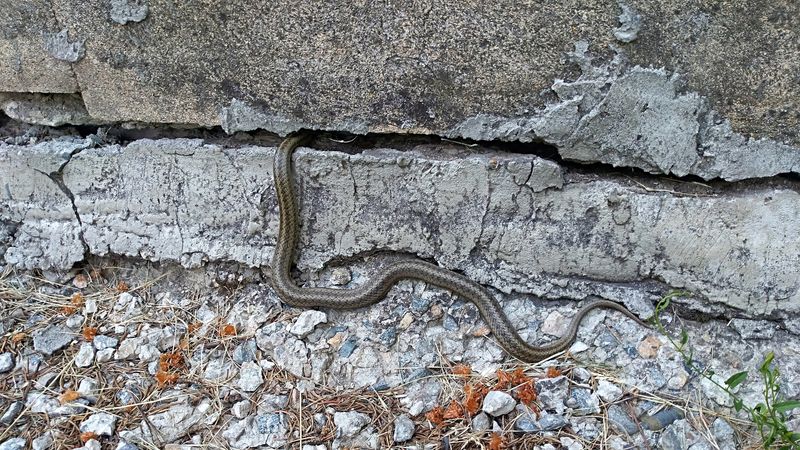
Cracks in foundations or gaps under doorways might seem tiny to you, but they’re open invitations to snakes seeking shelter. A snake can squeeze through an opening as small as 1/4 inch – about the width of a pencil!
Regularly inspect your home’s exterior for potential entry points. Use appropriate sealants around pipes, vents, and foundation cracks to keep unwanted visitors outside where they belong.
8. Bird Feeders and Chicken Coops
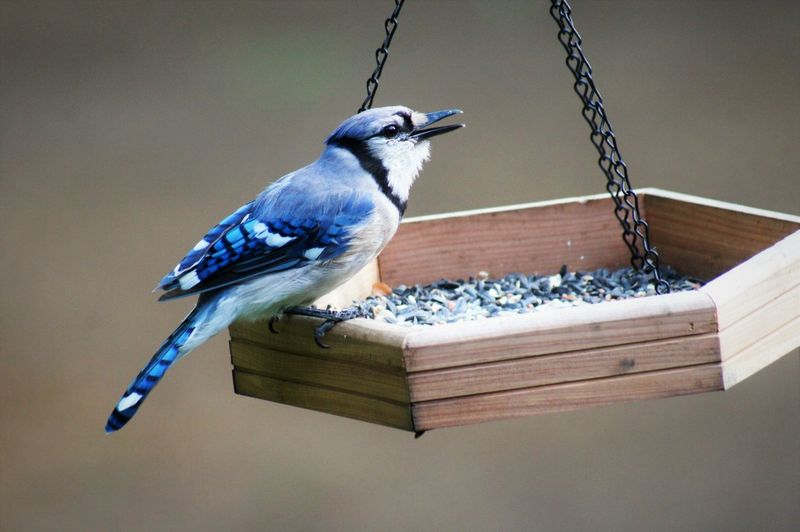
The fallen seed beneath bird feeders creates a rodent buffet, which in turn attracts hungry snakes. Similarly, chicken coops provide eggs, chicks, and rodents – all tempting snake snacks.
Place bird feeders away from your house and use seed catchers to minimize spillage. For chicken coops, use hardware cloth (not chicken wire) buried at least 6 inches deep around the perimeter.
9. Compost Heaps And Garden Debris
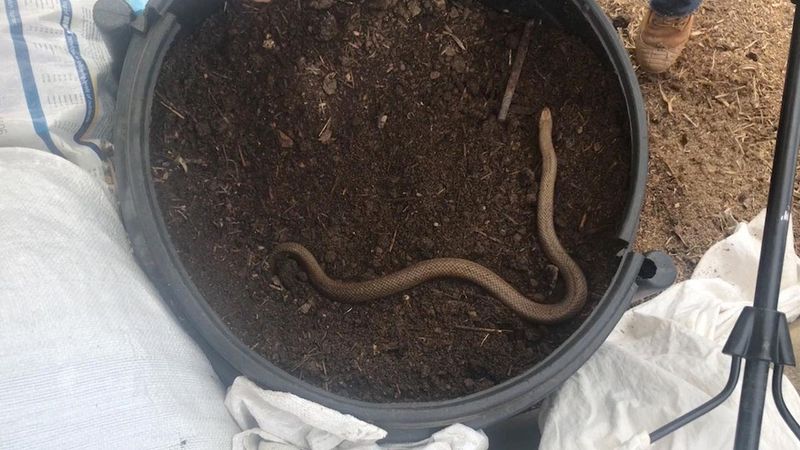
Compost piles are double trouble – they attract rodents with food scraps and provide warm, moist hiding spots perfect for snake habitation. The decomposition process generates heat that snakes find irresistible, especially in cooler weather.
Position compost bins away from your home, use enclosed containers when possible, and turn the pile regularly to discourage nesting.
10. Excessive Mulch
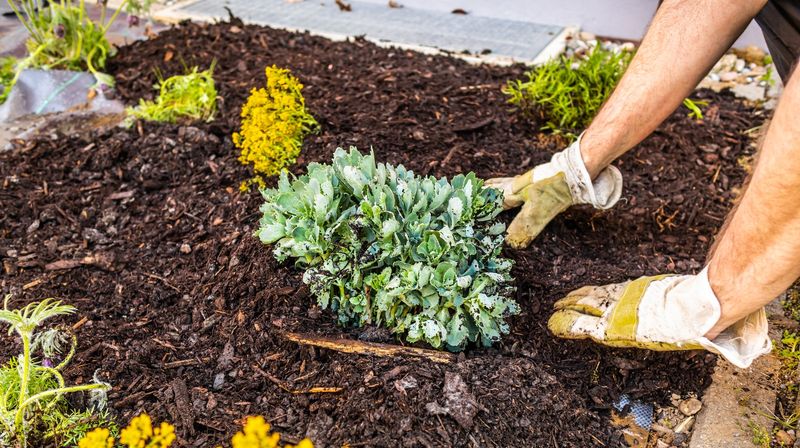
Mulch helps your garden, but too much creates prime snake habitat. Deep mulch layers stay moist and cool, offering perfect hunting grounds and shelter from predators and weather extremes.
Limit mulch depth to 2-3 inches and keep it pulled back at least 6 inches from your foundation. Cedar mulch may help deter snakes due to its strong scent and rough texture.
11. Fruit Trees And Berry Bushes
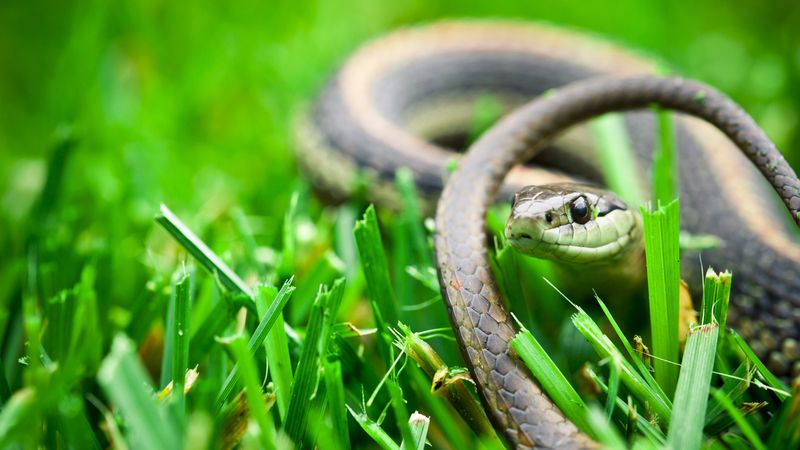
Fallen fruit becomes a rodent magnet, and rodents become snake magnets. The cycle is simple but effective at bringing snakes to your yard.
Fruit trees and berry bushes create ideal conditions with food sources at ground level and protective cover above. Harvest ripe fruit promptly and clean up fallen produce daily during the growing season to break this attraction chain.
12. Outdoor Pet Food
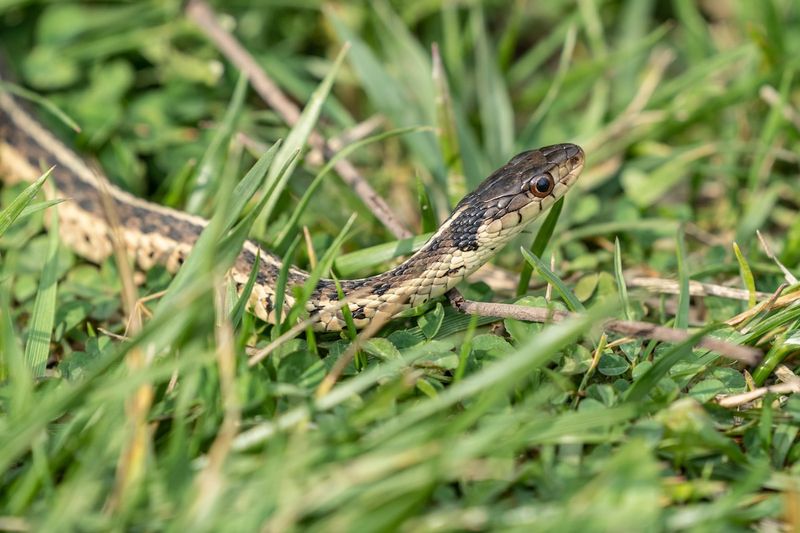
Leaving Fido’s dinner out overnight is basically ringing the dinner bell for mice and rats. These rodents leave scent trails that lead snakes right to your doorstep.
Feed pets during daylight hours and remove uneaten food before dusk. Store pet food in sealed metal containers rather than bags or plastic bins that can be chewed through by determined rodents.
13. Abandoned Equipment And Vehicles
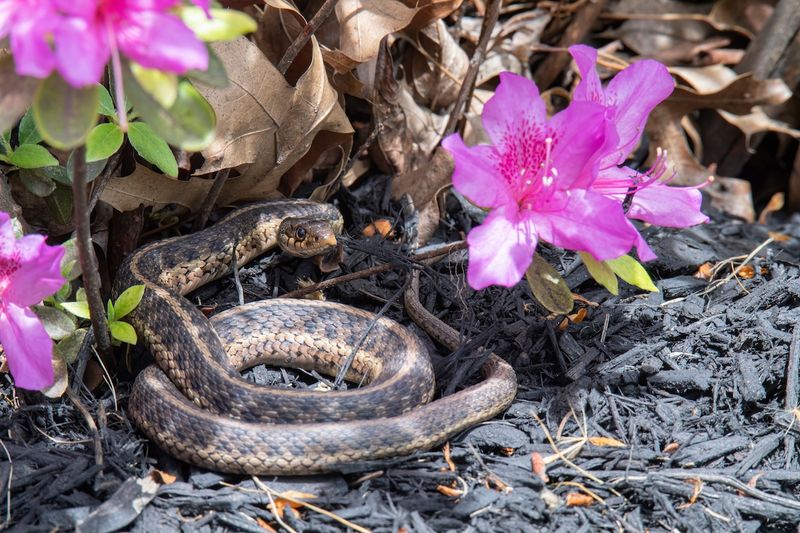
Old tractors, unused doghouses, and abandoned vehicles create snake sanctuaries on your property. These structures provide shelter from weather extremes and protection from predators while offering nooks and crannies for nesting.
Remove unused items when possible, or elevate them off the ground. Regularly check and clean around any equipment that must remain outdoors.




